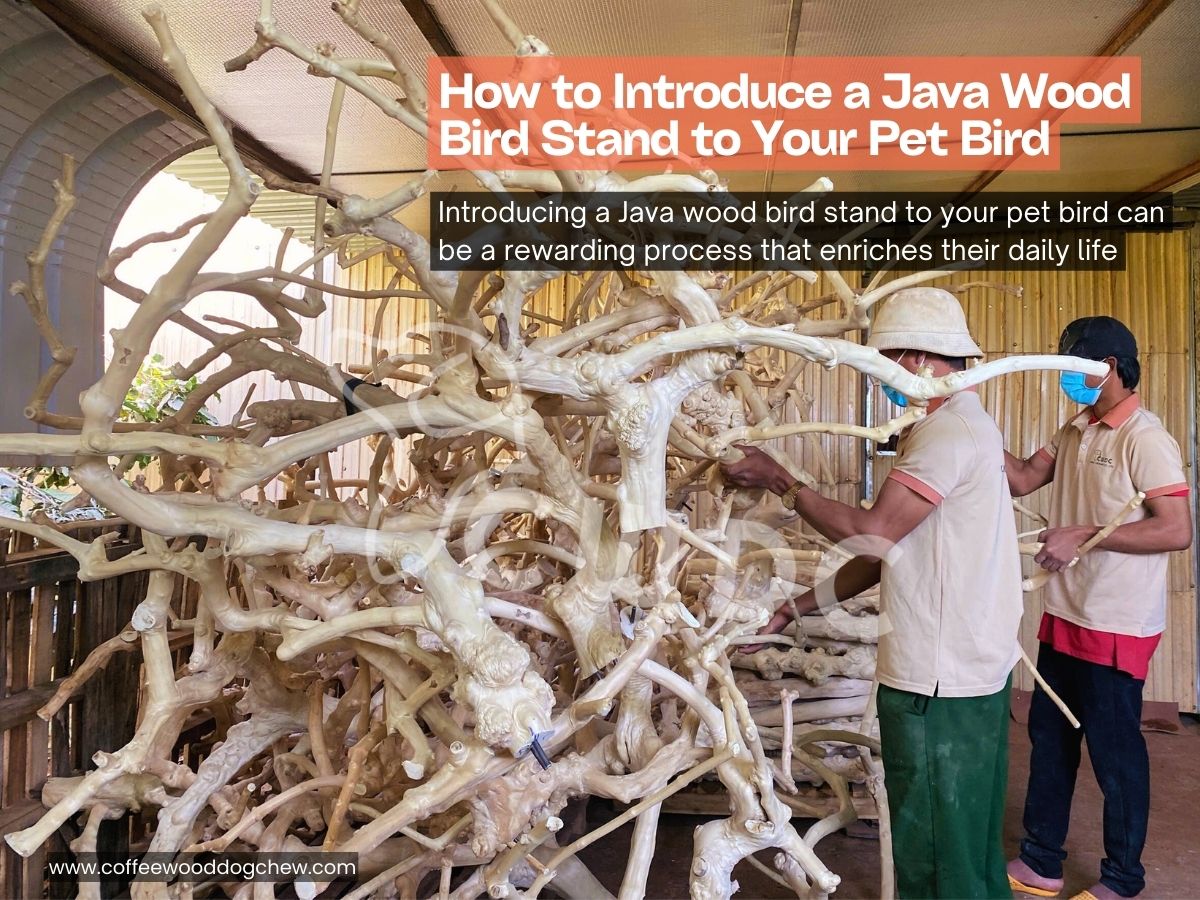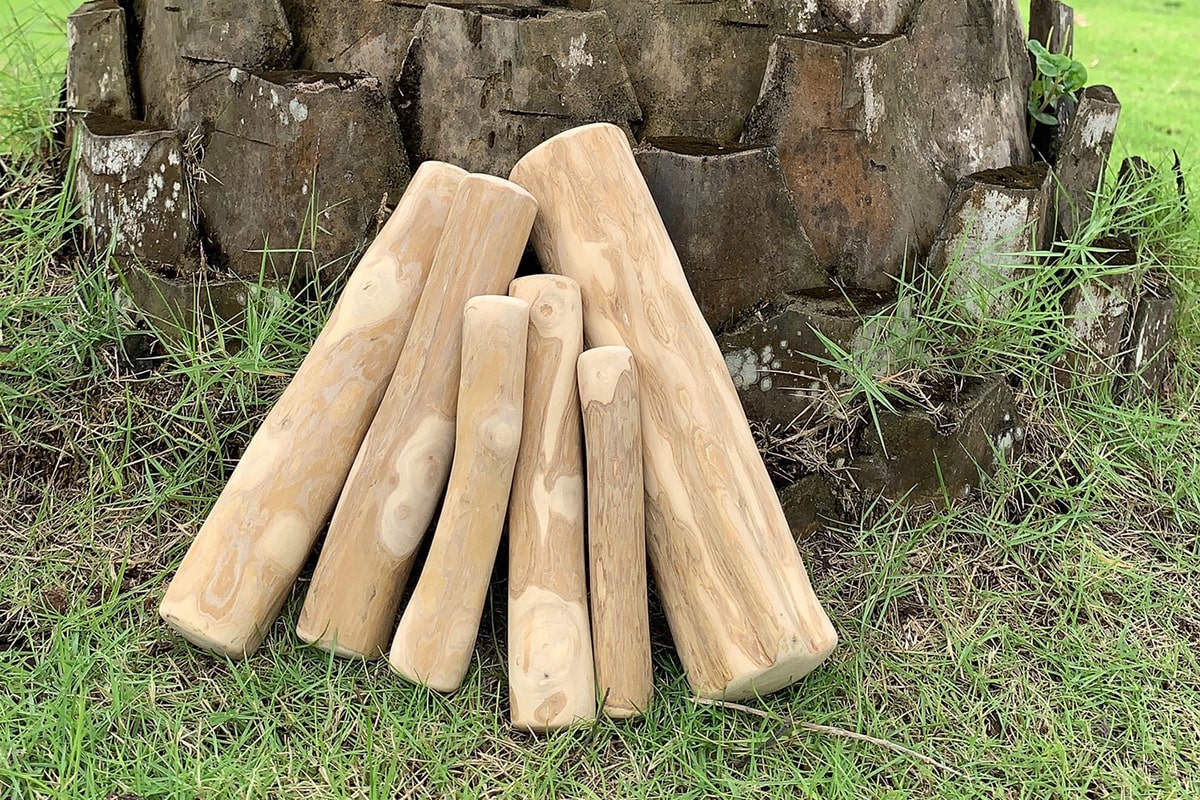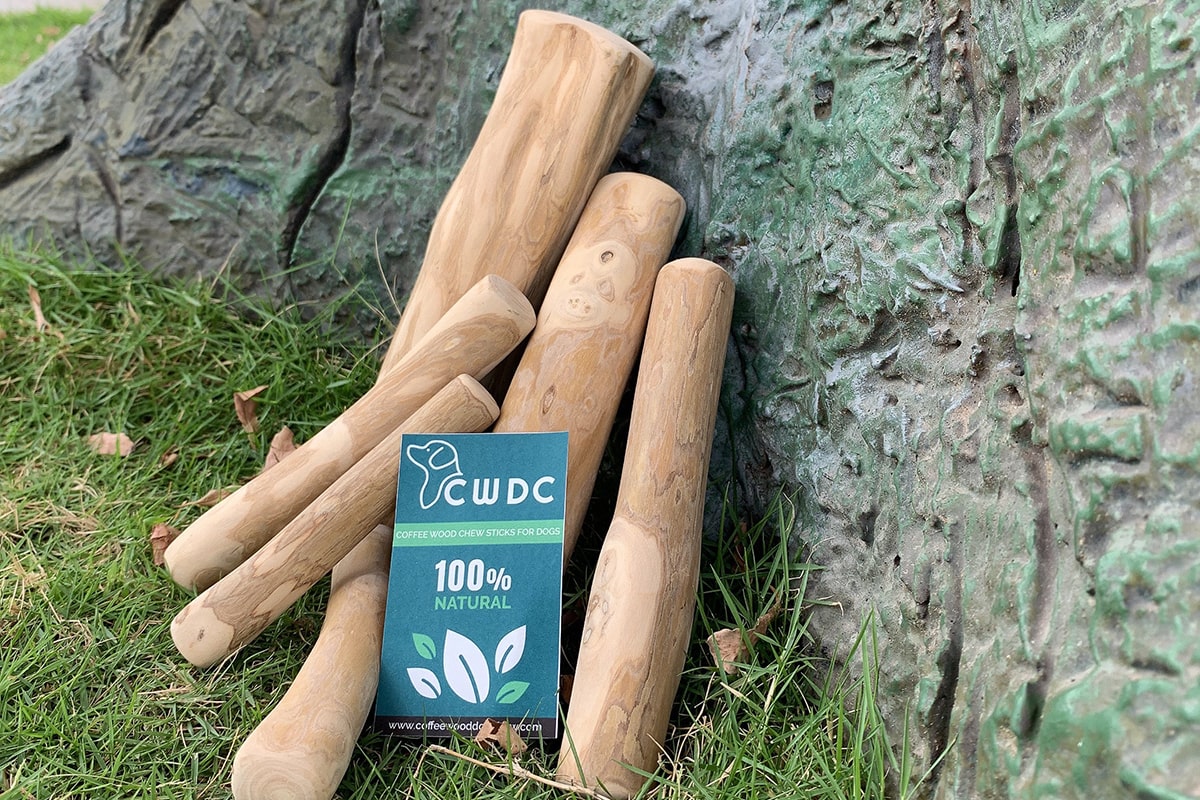A Java wood bird stand is one of the best investments you can make for your feathered friend, offering a natural, enriching environment that supports both physical and mental well-being. However, birds can be cautious, sometimes even fearful, when faced with a new object in their space. Successfully introducing a Java wood bird stand requires patience, understanding of bird psychology, and step-by-step acclimation techniques to ensure your pet feels safe and eager to explore.
1. Start with Gradual Familiarization
Birds are naturally curious but also wary of new additions to their territory. Place the Java wood stand in the room where your bird spends the most time, but at a comfortable distance from the cage. Let your bird observe the stand from afar for several days, allowing them to become visually accustomed to its shape, texture, and scent without feeling pressured to interact.
2. Use Positive Reinforcement
Encourage your bird to approach the stand by placing familiar toys, treats, or favorite foods nearby. Over time, move these rewards closer to the base of the stand, then onto its branches. Pairing the stand with positive experiences helps your bird associate it with safety and enjoyment.
3. Encourage Step-Ups and Exploration
Once your bird is comfortable near the stand, gently encourage them to step onto it from your hand or from a perch they already trust. Keep initial sessions short, just a few minutes of supervised exploration. Gradually increase the time as your bird grows more confident, allowing them to discover the textures and varied branch sizes at their own pace.
4. Maintain a Safe, Familiar Environment
To reduce anxiety, position the stand in a well-lit, quiet space free from sudden noises or disturbances. Birds thrive on routine, so placing the stand near their cage or in a familiar play area makes the transition smoother. Avoid forcing or rushing your bird; let them decide the pace of discovery.
5. Make the Stand Enriching and Engaging
Transform the stand into a fun playground by attaching safe toys, ropes, or foraging opportunities. Rotating accessories keeps the environment stimulating, encouraging climbing, chewing, and active play. The more engaging the stand becomes, the more naturally your bird will adopt it as a favorite perch.
6. Practice Patience and Consistency
Every bird adapts differently, some may embrace the stand immediately, while others may take weeks. The key is consistency: daily exposure, gentle encouragement, and never forcing interaction. With time, your bird will begin to use the Java wood stand as a safe place for play, rest, and bonding.
Conclusion
Introducing a Java wood bird stand is a process rooted in patience and trust-building. By allowing your bird to acclimate gradually, pairing the stand with positive reinforcement, and making it a dynamic, safe, and engaging part of their environment, you can ensure a smooth transition. Ultimately, the Java wood stand becomes more than just a perch, it evolves into a central hub for exercise, enrichment, and companionship, enhancing both your bird’s quality of life and your relationship together.
Related Posts:
- Are coffee wood chews safe for dogs ? A Comprehensive Look
- Why Do Dogs Chew on Furniture, Shoes, and Other Household Items?
- Java Wood Play Stands: Creating a Fun and Engaging Environment for Your Bird
- How to Choose the Right Java Wood Bird Stand for Your Feathered Friend
- How to Introduce Your Dog to Coffee Wood Chews for the First Time
- Java Wood Bird Stands: Aesthetic and Functional Benefits for Your Home









